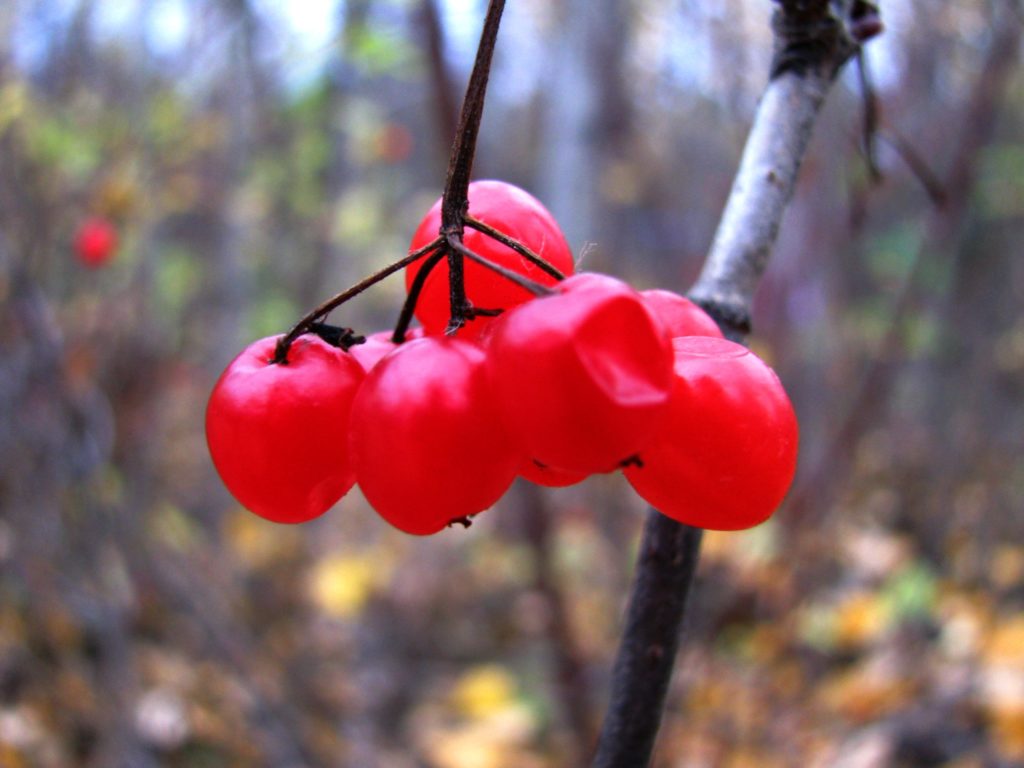Winter Foraging 101: Foraging Wild Berries
What winter berries lack in plentitude, they make up for with the impressive quantities of vitamins and minerals they provide!
In this Winter Foraging 101 guide, we’ll explore what kinds of wild berries to hunt for this winter.
What can I do with wild Rosehips?
Rosehips (Rosa sp.) make a delicious jelly with enough sweetness for breakfast toast, as well as wonderful tanginess that’s great with soft cheese or cold meat as well.

Forage High-Bush Cranberries This Winter
In more northeastern areas you may be able to find bog or high-bush Cranberries (Vaccinium sp.) to collect. (Check these out from last season)

What do Partridge Berries look like?
Partridge berries (Mitchella repens)- sometimes called twin-berries, as they have a distinctive double-dimple on each single berry which is a result of its interesting habit of reproducing from two individually fertilized blossoms– are often thought of as a northern species as well, but they have naturalized across much of the US, so be sure to keep an eye out for their evergreen colonies of glossy groundcover when you’re out exploring!

Should You Eat Bearberry Raw or Cooked?
Bearberry (Arctostaphylos uva-ursi) is a native fruit with a long history of indigenous use in North America. Its range covers much of the north as well as throughout the American west, and its fruit is said to be much more flavorful cooked than when eaten raw.
